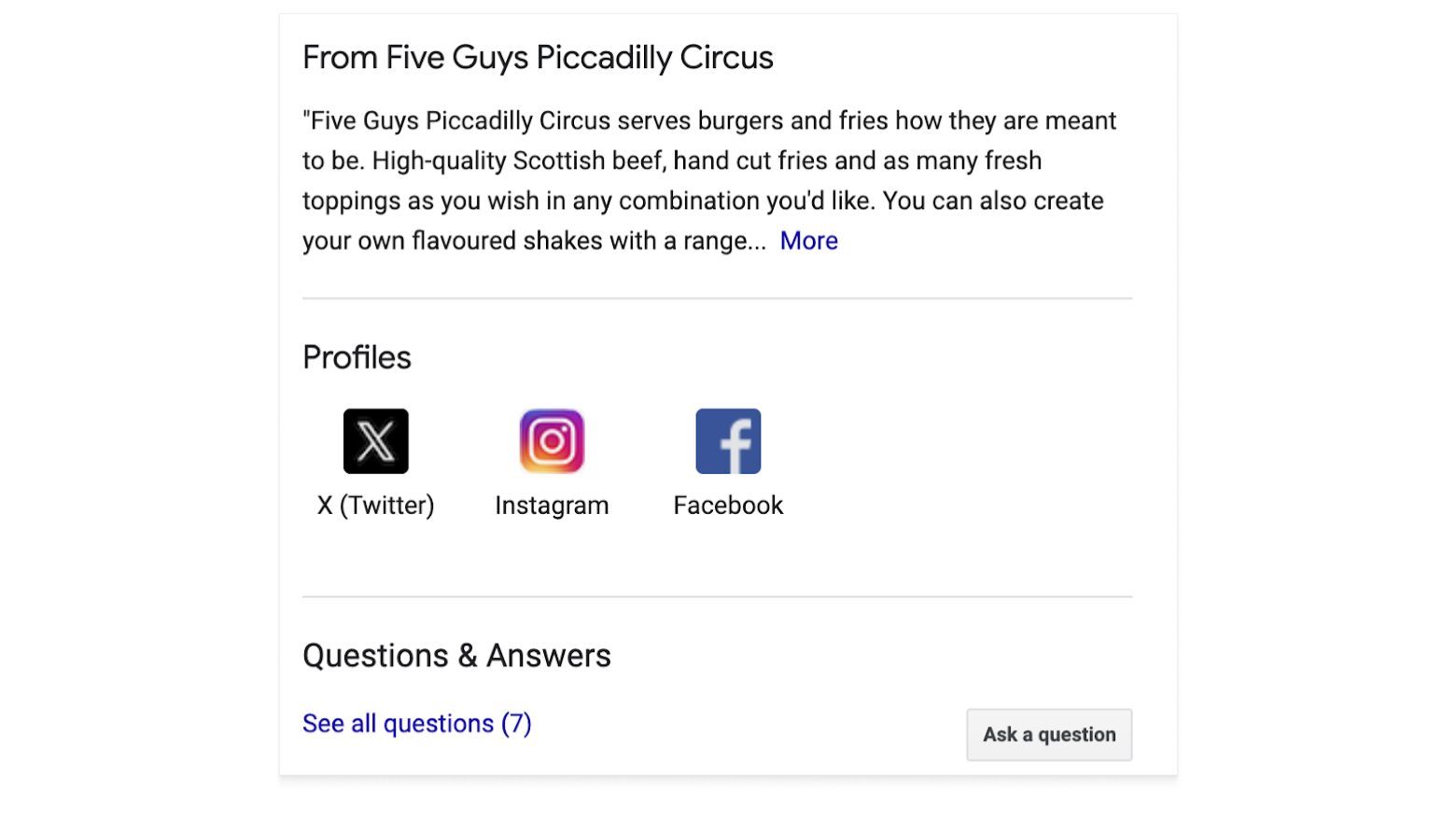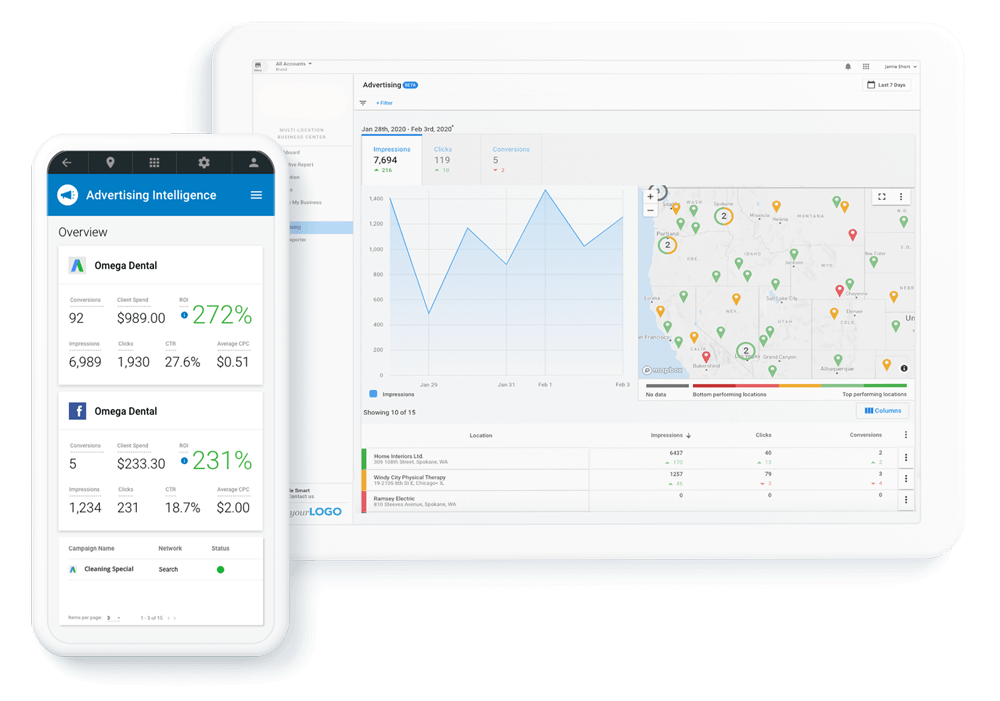By VIV Builder
•
November 4, 2024
In today’s digital world, your website is often the first interaction potential customers have with your restaurant. A thoughtfully designed, visually appealing, and user-friendly website can not only create a positive first impression but also drive more foot traffic and online orders. An effective website provides a seamless online experience, building trust and excitement that ultimately converts website visitors into loyal customers. VIV, a leader in website design and online ordering solutions, works closely with restaurant owners to create customized sites that meet modern demands and enhance the customer journey. In this post, we’ll dive into how a well-designed website can increase foot traffic, boost online orders, and provide long-term benefits for your restaurant. Why Your Restaurant Needs a Well-Designed Website First Impressions Count Your website is the digital face of your restaurant, and a well-designed site can make a powerful first impression. Imagine a potential customer searching for a restaurant in your area and landing on your website. A clean, easy-to-navigate website with stunning visuals, engaging content, and essential information can make the difference between a new customer and a missed opportunity. VIV’s website design services focus on creating visually appealing websites that convey the essence of your restaurant’s unique personality and quality. Increased Visibility Through SEO Search engine optimization (SEO) is essential for helping your restaurant appear in relevant search results. An optimized website that includes relevant keywords, mobile responsiveness, and local SEO strategies can rank higher in search engine results, making it easier for potential customers to find you. VIV incorporates SEO best practices into every website design, ensuring that your restaurant is visible to local customers who are searching for a great dining experience. Showcase Your Menu and Atmosphere High-quality visuals and an interactive layout allow customers to experience a bit of your restaurant online before they ever step inside. By showcasing your menu, ambiance, and unique offerings, you can entice customers and build excitement for their visit. VIV’s design team works with you to bring your restaurant’s atmosphere to life online, using engaging content and stunning visuals that invite customers to see, read, and ultimately visit. Enable Online Reservations and Ordering Providing online reservation and ordering options adds convenience for customers, making it easier for them to engage with your restaurant. An online reservation system allows customers to plan ahead and secures their spot, while an online ordering feature lets them enjoy your menu from home. VIV’s integrated systems ensure that online reservations and ordering are easy to use and seamlessly align with your website’s design, enhancing the user experience and encouraging engagement. The Power of a Well-Designed Website in Driving Foot Traffic Optimizing for Local SEO Local SEO is key to increasing foot traffic for your restaurant. By optimizing your website with local keywords, integrating Google Maps, and featuring contact information prominently, you make it easier for nearby customers to find you. VIV’s SEO services include local SEO techniques that help your restaurant rank in local search results, ensuring that people in your area can easily discover your location. Creating Clear Calls-to-Action (CTAs) A well-placed, clear call-to-action can guide users toward specific actions, such as visiting your restaurant, booking a table, or placing an online order. CTAs like “Book a Table Now” or “Order Online” act as friendly nudges that make it easier for customers to choose you. VIV crafts effective CTAs that align with your brand’s voice and gently encourage website visitors to take the next step, whether it’s visiting in person or ordering online. Building Trust Through Testimonials and Reviews Potential customers are more likely to visit your restaurant if they see positive reviews and testimonials from others. Displaying customer feedback on your website not only builds credibility but also enhances local SEO. VIV integrates testimonials and review sections into your website, so potential customers can see positive experiences and feel reassured about choosing your restaurant. VIV’s Approach to Designing Effective Restaurant Websites VIV understands that every restaurant is unique, and they approach each project with a commitment to creating a custom website that reflects your brand, meets your goals, and drives tangible results. Here’s how VIV helps you create a website that serves as an effective extension of your restaurant: Brand-Driven Custom Web Design Your restaurant’s brand should shine through on your website, and VIV’s design team works closely with you to bring that vision to life. From color schemes and typography to layout and imagery, every element of your website is customized to align with your brand identity. A well-branded website reinforces your restaurant’s personality and leaves a lasting impression on visitors, making them more likely to choose your establishment. Mobile Optimization for Easy Access With the majority of online searches happening on mobile devices, having a mobile-friendly website is essential. VIV ensures that your website performs seamlessly on smartphones and tablets, so customers can easily find you and explore your menu while on the go. Mobile optimization improves user experience, which can lead to higher foot traffic and more online orders. SEO Strategy Tailored to Local and Restaurant-Specific Needs VIV integrates a comprehensive SEO strategy that includes on-page and local SEO, making it easier for your restaurant to rank for relevant keywords. By focusing on local search terms and industry-specific language, VIV helps increase your visibility in search results, attracting more organic traffic from potential customers in your area. Seamless Online Ordering Integration Online ordering has become a necessity for restaurants, and VIV offers a user-friendly ordering system that integrates directly into your website. This feature simplifies the process for customers, allowing them to place orders without leaving your site. With an integrated online ordering system, you maintain control over the ordering experience, build stronger customer relationships, and avoid high fees from third-party platforms. Key Features of a High-Impact Restaurant Website Stunning Visual Content High-quality images and videos can capture the essence of your restaurant and entice customers to visit. From photos of signature dishes to videos showcasing your ambiance, visual content is a powerful tool. VIV works with you to select or create images that bring your brand to life, enhancing the appeal of your website. Easy-to-Navigate Menu Pages The online menu is one of the most important sections on a restaurant’s website. VIV creates menu pages that are easy to read, interactive, and aesthetically pleasing, allowing customers to view item descriptions, prices, and dietary options effortlessly. A well-structured menu page enhances user experience and makes it easier for customers to make dining decisions. Real-Time Online Ordering and Reservation System With VIV’s real-time ordering and reservation system, customers can place orders and make reservations at their convenience. This feature is designed to handle peak traffic, ensuring smooth transactions even during busy times. Integrated payment options simplify the checkout process, creating a hassle-free experience that encourages repeat orders. Integrated Contact Information and Maps Making it easy for customers to contact or locate your restaurant is essential. VIV includes clear contact information and an embedded Google Map on your website, so customers can find you with ease. This user-friendly feature drives more in-person visits and makes a positive impact on local SEO. Customer Feedback and Loyalty Programs Displaying customer feedback and offering loyalty programs can encourage repeat visits and build trust. VIV can integrate a feedback section or loyalty program on your website, encouraging customers to share their experiences and come back for more. How a Well-Designed Website Boosts Online Orders Offering Direct Online Ordering Online ordering directly through your website keeps more profits in-house, reducing dependency on third-party delivery apps. VIV’s ordering system allows you to control the customer experience, manage your menu in real-time, and monitor order trends, providing valuable insights into customer preferences and sales performance. Promotions and Special Offers Highlighting limited-time promotions and special offers directly on your website can drive more online orders. VIV can help you create pop-ups or banners to showcase discounts, seasonal items, and exclusive deals, giving customers a reason to place their order. Personalized Customer Experience A customized website provides a unique experience tailored to your brand, allowing customers to feel connected and valued. VIV designs every element of your website with your customers in mind, creating a digital environment that makes customers more likely to visit again. The VIV Advantage for Restaurant Websites VIV is dedicated to creating websites that deliver results for restaurants. By focusing on enhancing the customer journey, they go beyond design to offer integrated tools for online ordering and reservations. With VIV’s experience in the restaurant industry, they understand the importance of a website that not only looks great but also functions smoothly and drives real results. Conclusion For restaurants looking to increase foot traffic and online orders, a professionally designed website is a must. By investing in a website that is both beautiful and functional, you’ll create a seamless online experience that attracts customers, showcases your brand, and encourages both in-person visits and online orders. VIV offers a complete solution for restaurants, from customized web design to integrated online ordering, ensuring your website reflects your brand’s quality and meets the expectations of today’s customers. For more information on how VIV can transform your restaurant’s online presence, visit our online ordering page .













